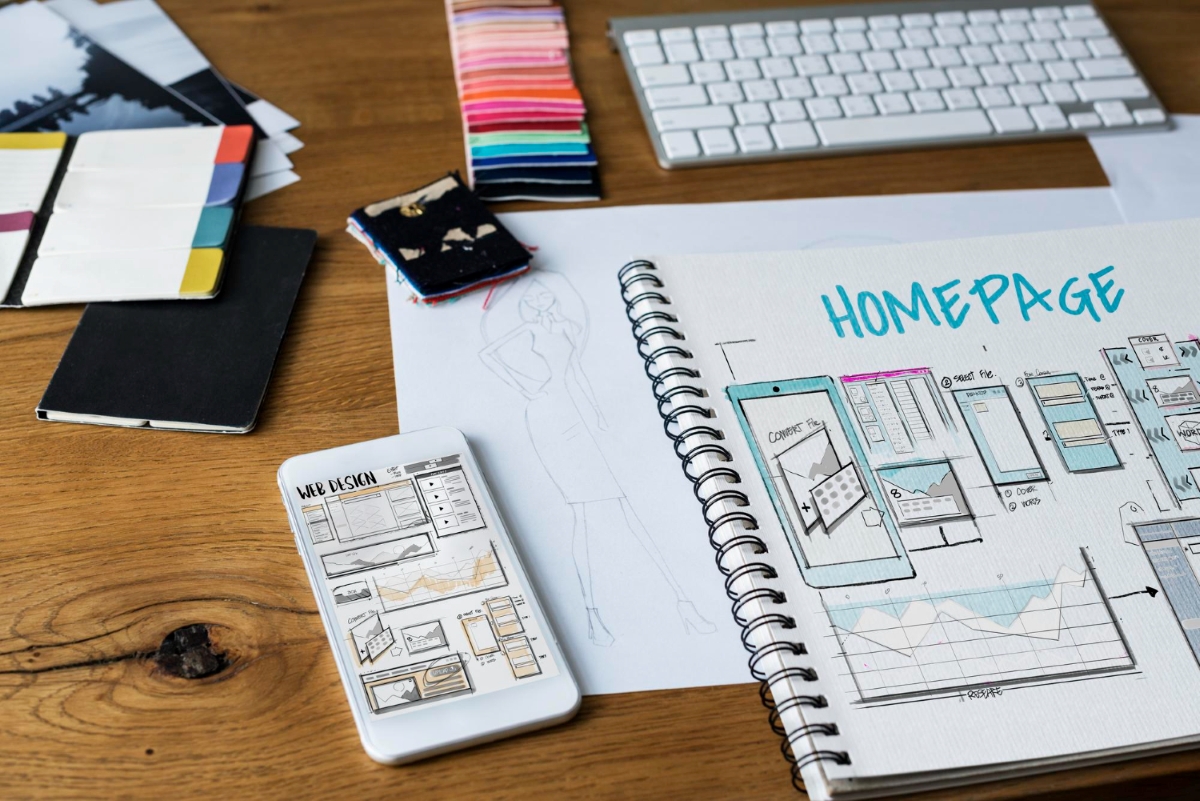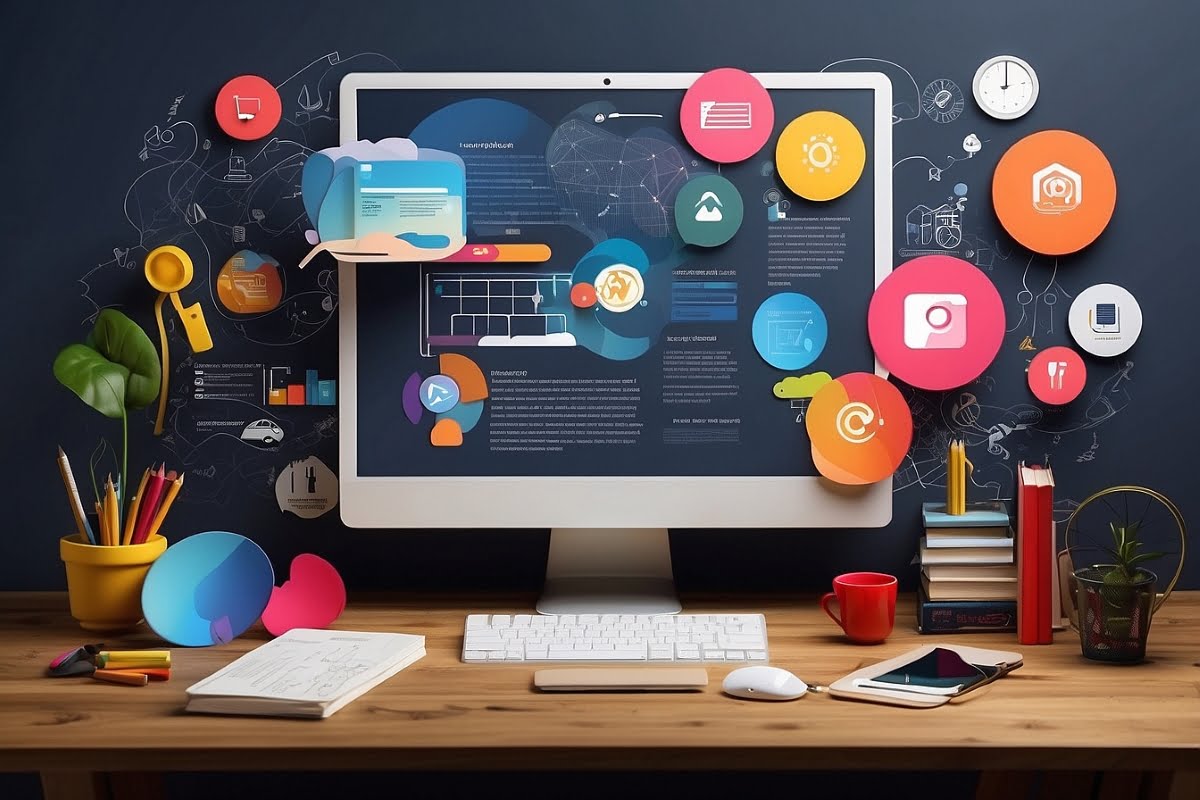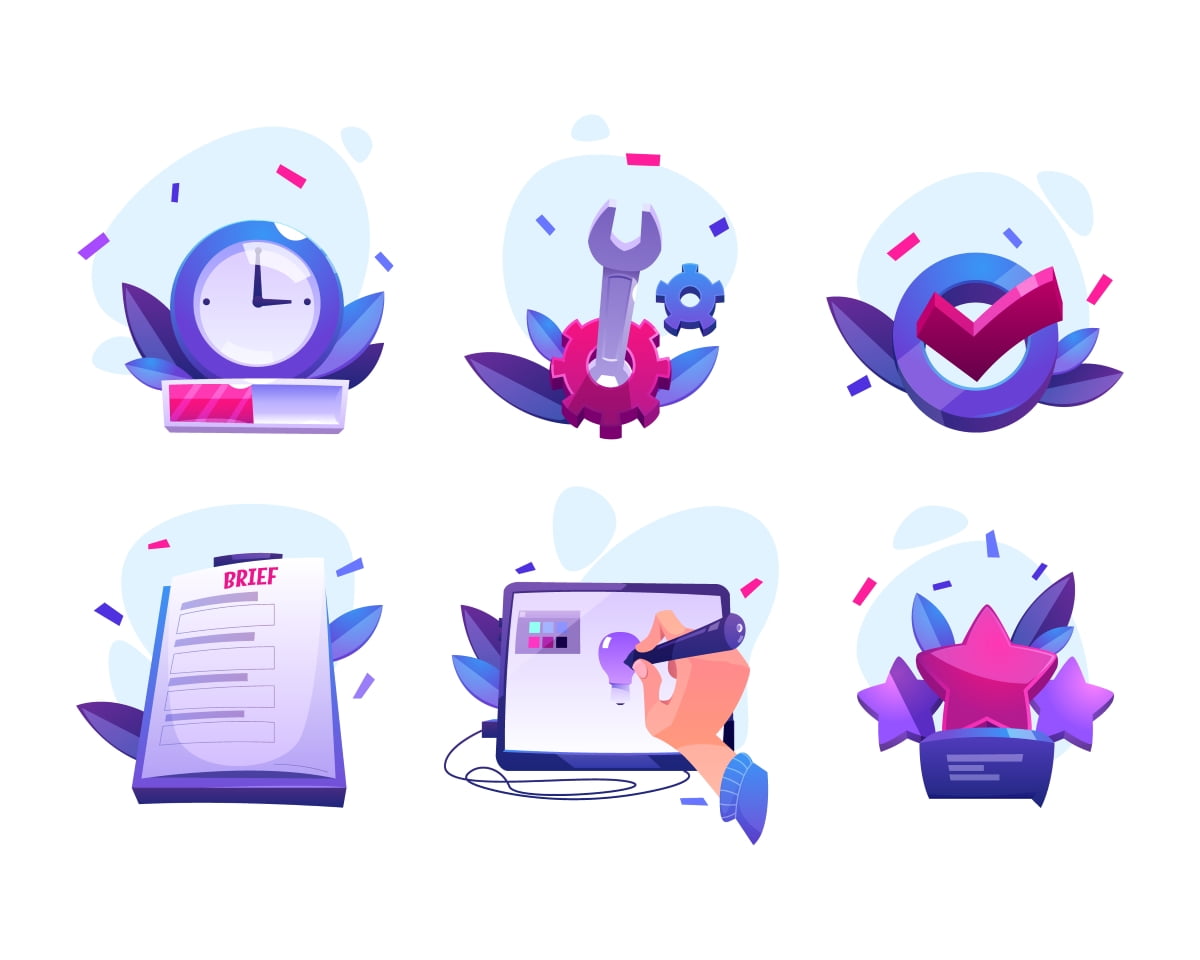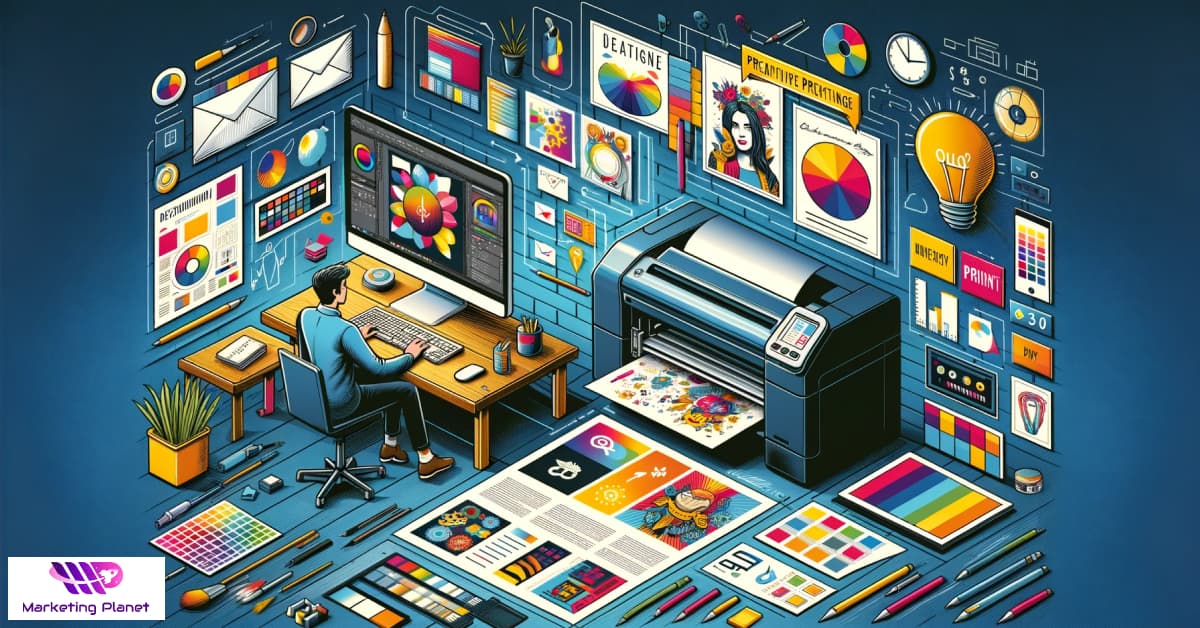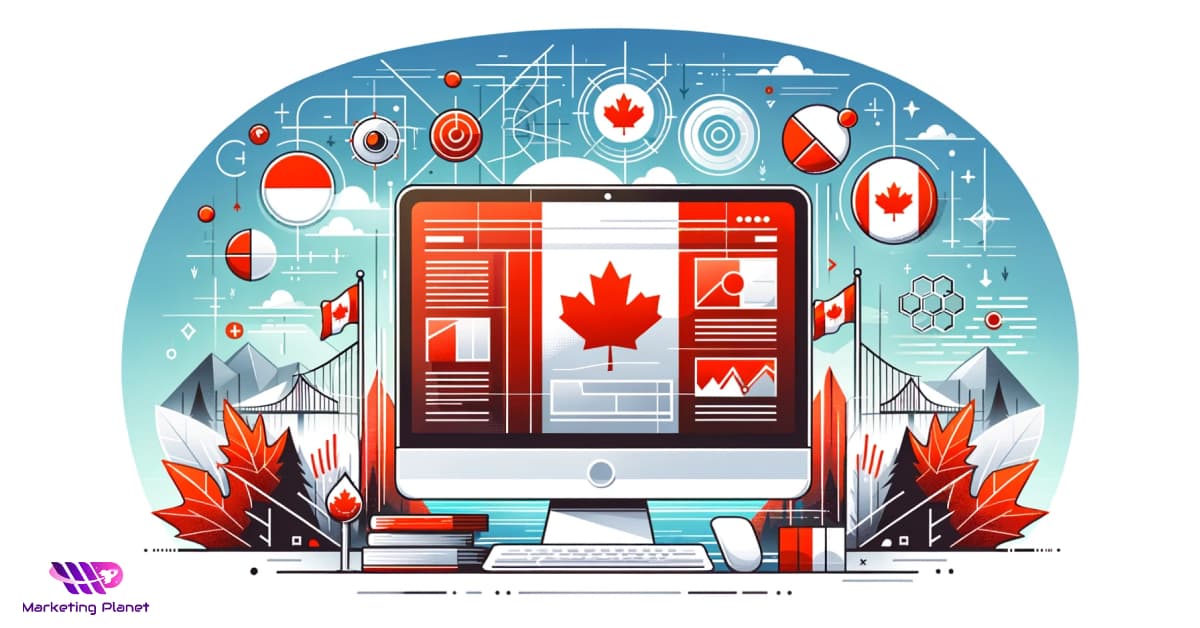Web design helps businesses shape the best online experience for users in today’s digital age. Various tools and techniques are used to create and arrange web pages. It is aimed to present information, be user-friendly, and attract prospective customers.
Table of Contents
Toggle
History of Web Design
The Internet began in the early 1990s, and web design appeared at the same time. It started with using simple coding techniques with limited interactivity. Web designers were supposed to inform people in a readable format and static content. In the late 1990s, as the internet evolved, web designing became more creative and flexible. The rise of CSS (Cascading Style Sheets) allowed designers to divide the website structure and content. It means they could change the visual appearance of web pages independently of underlying codes.
WordPress and Joomla were the next evolution in web design and they were called Content Management Systems (CMS). So, non-technical users no longer knew much about coding, and they could create and manage websites. Pre-designed templates and user-friendly interfaces became available, and consequently, more audiences had access to web design.
In the 2010s, we witnessed responsive web design that has changed the digital world. The more users started to use mobile phones, the more websites had to be optimized for their devices. Designers could adapt their content and layout to fit all devices with different resolutions and screen sizes. Besides, they offered a consistent and enjoyable experience for users on platforms.
Understanding the Basics
These days, web design is not just about presenting information; it is more about how to present information and engage users. This is where user experience (UX) appears. UX design focuses on users’ behavior, goals, and needs to craft an intuitive online experience.
Researching and analyzing the target audience is where a great web design starts. User demographics, preferences, and expectations must be considered as key factors. Besides, designers need to work on users’ behaviors and motivations to create interactions based on their expectations.
Visual aesthetics and user interface (UI) play a large part in web design. Designers use appealing elements such as typography, color schemes, and imagery to form a positive impression and express the brand identity. On the other hand, UX designers make it easier for users to navigate a website, perform actions effectively, and find the exact information they need. As a result, users have access to clear navigation paths, well-organized content, and intuitive menus.
Elements and Principles
Visuals, layout, and user interface are critical components of web design. When there is a balance among the elements, users find it engaging. Besides, it leads to a cohesive digital experience. Designers usually focus on visuals to attract users’ attention and create a strong brand identity. So they employ the most effective elements to make emotional connections with the audience.
Organized content is the direct result of a well-designed layout. It helps users find what they need on the website easily. Whitespace utilization, grid systems, and balanced proportions are essential in laying out a webpage and improving usability. The user interface (UI) refers to how users interact with a website. Practical UI leverages buttons, menus, forms, and navigation bars for seamless interaction.
The Future of Web Design
In the future, web pages will be more interactive as Augmented Reality (AR) and Virtual Reality (VR) will be a part of websites and create an immersive experience on websites. You can design a website for a client who needs an e-commerce website, and the customers can virtually visit the stores, try on clothes, and purchase.
Artificial intelligence (AI) has changed all industries recently, including web design. Nowadays, AI helps us with different tasks, such as recommending products. In the future, we expect AI-driven services to handle the entire web design, from gathering data to improving user experience. They are even able to provide customer service as it is quicker. Besides, it can help enhance user interactions. It is possible with a group of AI tools based on innovative ideas. So designers can save time and energy and focus on more creative tasks.
Web design is highly likely to be more mobile-friendly and minimalist, and clear language, more images, and nostalgic design will be more popular.
The impact of web design on SEO and Online Marketing
One of the most crucial factors in search engine optimization (SEO) is web design. A website that is user-friendly, well-designed, accessible, and visually appealing has a higher chance of ranking in search engine results pages (SERPs). As a result, it brings more organic traffic. There are different ways that web design affects SEO and online marketing. Here, we will talk about website loading speed and mobile-friendly design.
Website loading speed plays a crucial role when it comes to user experience and SEO. Users may never return to a frustrating, slow-loading website. In addition, search engine ranking is directly affected by the loading speed of the website. An optimized website with compressing images, utilizing catching techniques, and minimizing codes can improve engagement and decrease bounce rates.
As mobile-friendly indexing is one of Google’s priorities, it is a key factor in SEO and online marketing. Designers should create a responsive design that fits different devices, screens, and resolutions. That is how websites can get better ranks in search results.
Tools and Resources
Designers use a range of tools and resources to create efficient and innovative websites, including design software, frameworks and libraries, code editing, and online resources.
Design software, including Adobe Creative Cloud, Figma, and Sketch, offer features like collaboration, prototyping, image editing, and vector graphics. A functional website design is the result of using these powerful tools to meet users’ needs.
Bootstrap, Foundation, and material design are examples of frameworks and libraries for developing a website. Pre-design templates and components are designed to be customized based on specific requirements and make the web designing process straightforward.
Code editors, such as Sublime Text, Atom, and Visual Studio Code, help designers to write and edit HTML, JavaScript, and CSS. They offer a range of features, for example, code completion, version control integration, and syntax highlighting. Besides, they help editors to create error-free code.
Web designers use various online resources, like forums, blogs, and communities. These resources offer tutorials, inspire designers, and provide a place to make connections and grow. Awwwards, Dribbble, Smashing Magazine, and Behance, are the top examples.
Conclusion
Web design plays a pivotal role in shaping the perception of a brand, attracting customers, engaging users, and creating the online user experience. So businesses must invest in professional web design and have a successful online presence. As web designing evolves daily, web designers must stay up-to-date and be in touch with fellows. So you can stand out and resonate with users, which leads to more well-designed and interactive web pages.

